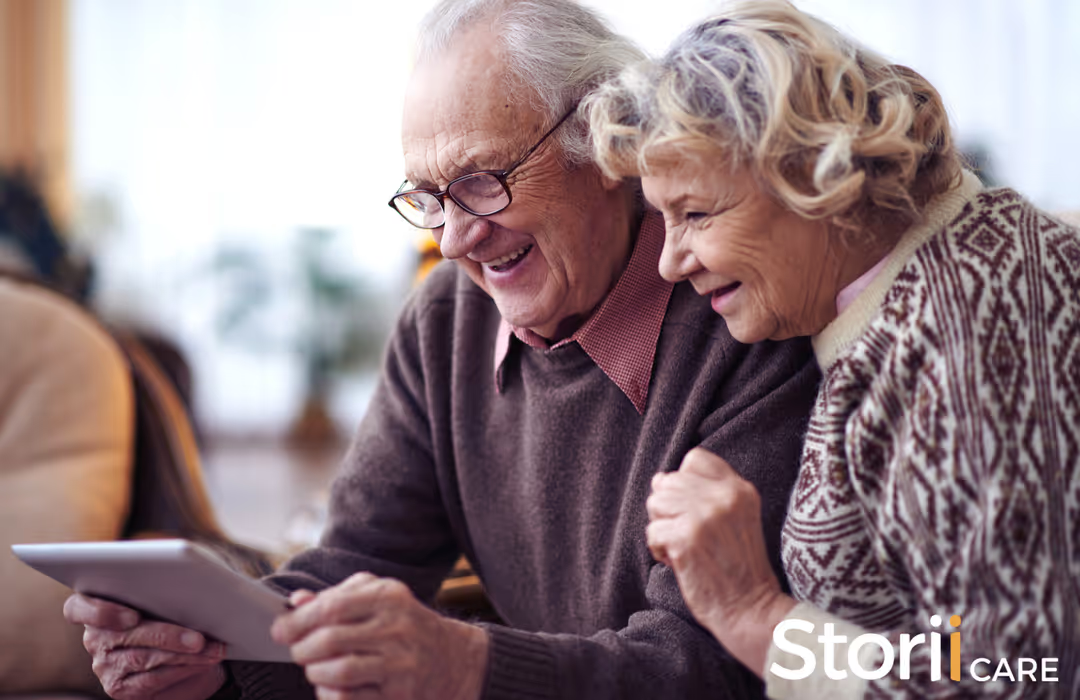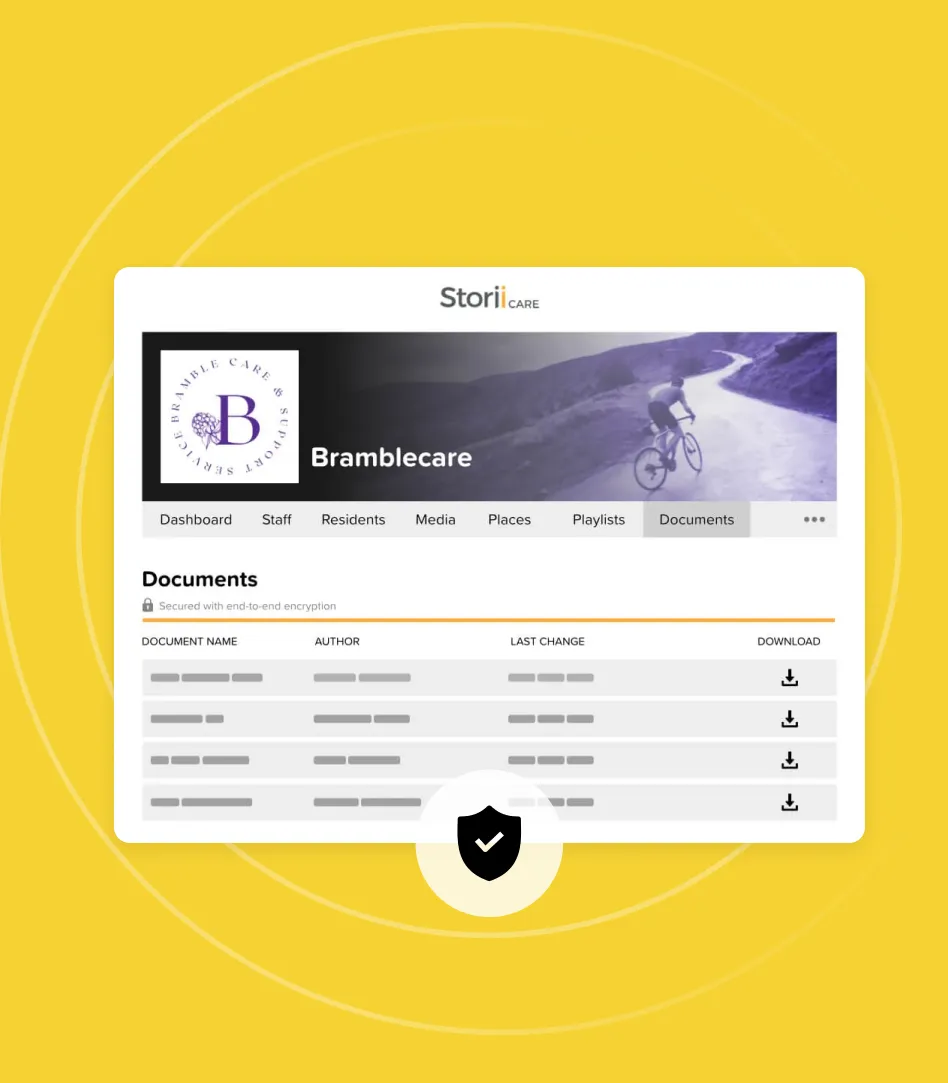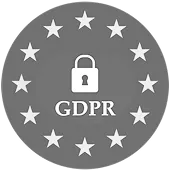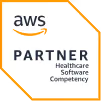The latest buzzword floating around the care sector is 'SMART' technology. The use of modern devices and software in care homes is transforming the way care is provided and recorded. Many care providers are now looking to embrace the best new technology, but first of all, we must ask - what is smart technology?
There are countless definitions of smart technology, which make it difficult to pinpoint exactly what the characteristics of smart devices are. However, the general consensus is that smart technology is incorporating IT into an object to make it capable of 'thinking and operating' independently. These systems can sense, learn and appropriately respond to an environment and the needs and requirements of its occupants. This not only empowers older adults by encouraging independence, but also relieves certain pressures for caregivers.
With several care providers now rushing headlong to become digitally integrated, it is important to logically assess the current situation of the business and then determine which objectives you wish to achieve by implementing new technology. For example, do you want to improve the social wellbeing of residents, improve staff efficiency or optimise security? Which do you think would be most beneficial for your care home and analyse your budget to achieve that objective. We have listed below of the best ways of utilising smart technology and software for a care facility.
Social Wellbeing & Staff Efficiency
StoriiCare

StoriiCare is a modern, easy-to-use and fit for purpose software solution for care providers which has person-centred care at its core. StoriiCare has a number of benefits, such as enabling family members to engage with their relatives in care, empowering residents through reminiscence therapy sessions and digitised care plans, in addition to a suite of analytics and automatic reporting for regulatory bodies. See all of StoriiCare's features here.
Daily Living
Digital clocks and calendars

Credit: Clear clock
Digital clocks and calendars are a helpful tool for many people living with Dementia who find it difficult to keep track of the date and time. This simple yet effective use of technology has the potential to make a real positive difference to some care home residents.
Health & Safety
Smart lighting

Smart lighting can be used to control the lights within a home, contributing towards falls and trips prevention and also potentially reducing electricity bills. You can install various forms of lighting including 'smart switches' that light up at night so they are easier to see or automatic lighting that switches on and off automatically dependant on motion sensors which can detect when a room is occupied.
Alarmed sensor mats
Alarm sensor mats are an excellent way of monitoring residents that have a history of being accident prone or for residents who have a tendency to wander out of bed. The mat is placed on the floor next to a resident's bed or next to their door, and if they put a foot onto the sensor floor mat it will set off an alarm to notify you instantaneously. Bed and chair occupancy sensors can also provide early warning if a resident does not return within a pre-determined time.
Temperature monitoring and HVAC control
Smart thermostats are devices that are responsible for monitoring and controlling a buildings heating and/or air-conditioning system. They allow users to adjust heat settings from other internet-enabled devices, such as a smartphone or tablet. Regulating temperature within a care home is incredibly important, particularly during the winter months. Utilising an app based system could make monitoring temperature easier and less stressful, leaving managers and staff with more time to care for their residents.




.png)
.png)
.png)










